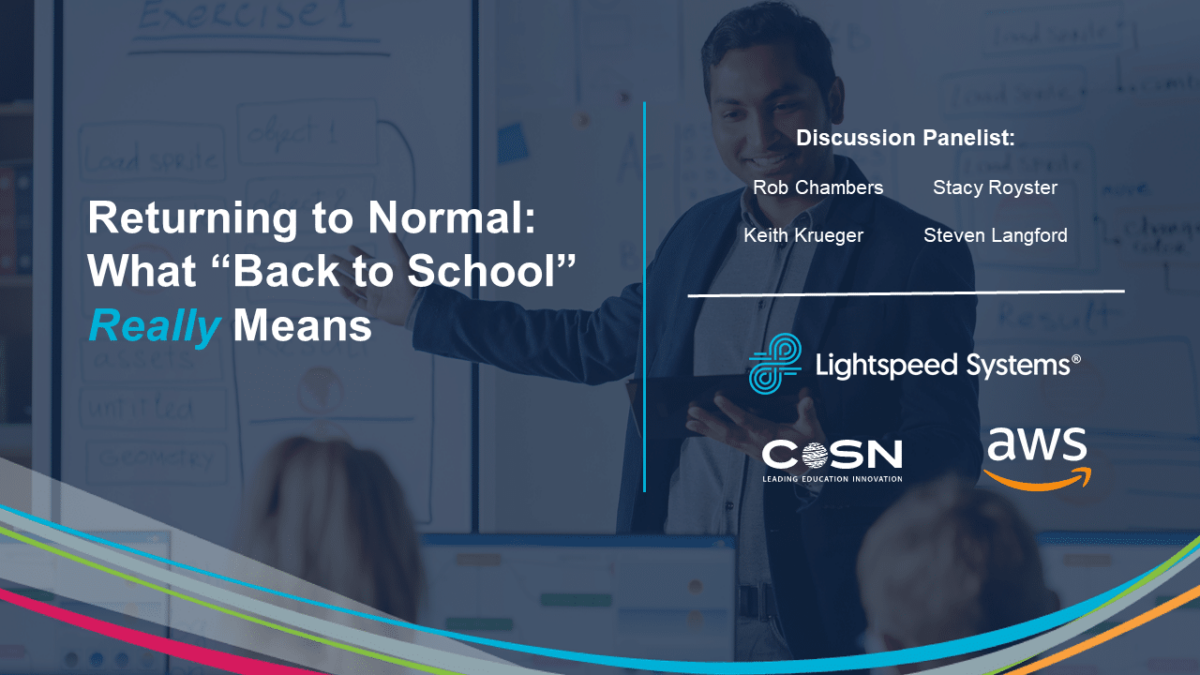
With the COVID-19 pandemic and the resulting shutdowns, schools and districts scrambled to adapt to a monumental, nationwide crisis. Now, a year later, many schools are reopening their doors, and need to prepare to face new challenges. How can the technology acquisitions in response to the pandemic assist leaders with making wise budgetary choices, help with questions of student safety and mental well-being, address classroom tech needs, help districts sustain remote and/or hybrid learning options, or enhance school-parent communication and transparency?
In this roundtable discussion, our panelists will discuss the challenges in returning to physical school in the Fall and what your “new normal” may look like after a year of remote and hybrid learning. Panel members include district, industry, and organization experts who have the experience and know-how to provide thoughtful solutions and advice in combating these challenges.
Panelists:
- Rob Chambers, VP of Customer Success, Lightspeed Systems
- Annie Chechitelli, Growth Strategies Advisor, AWS
- Steven Langford, CIO, Beaverton School District
- Stacy Royster, CTO, Opelika City Schools